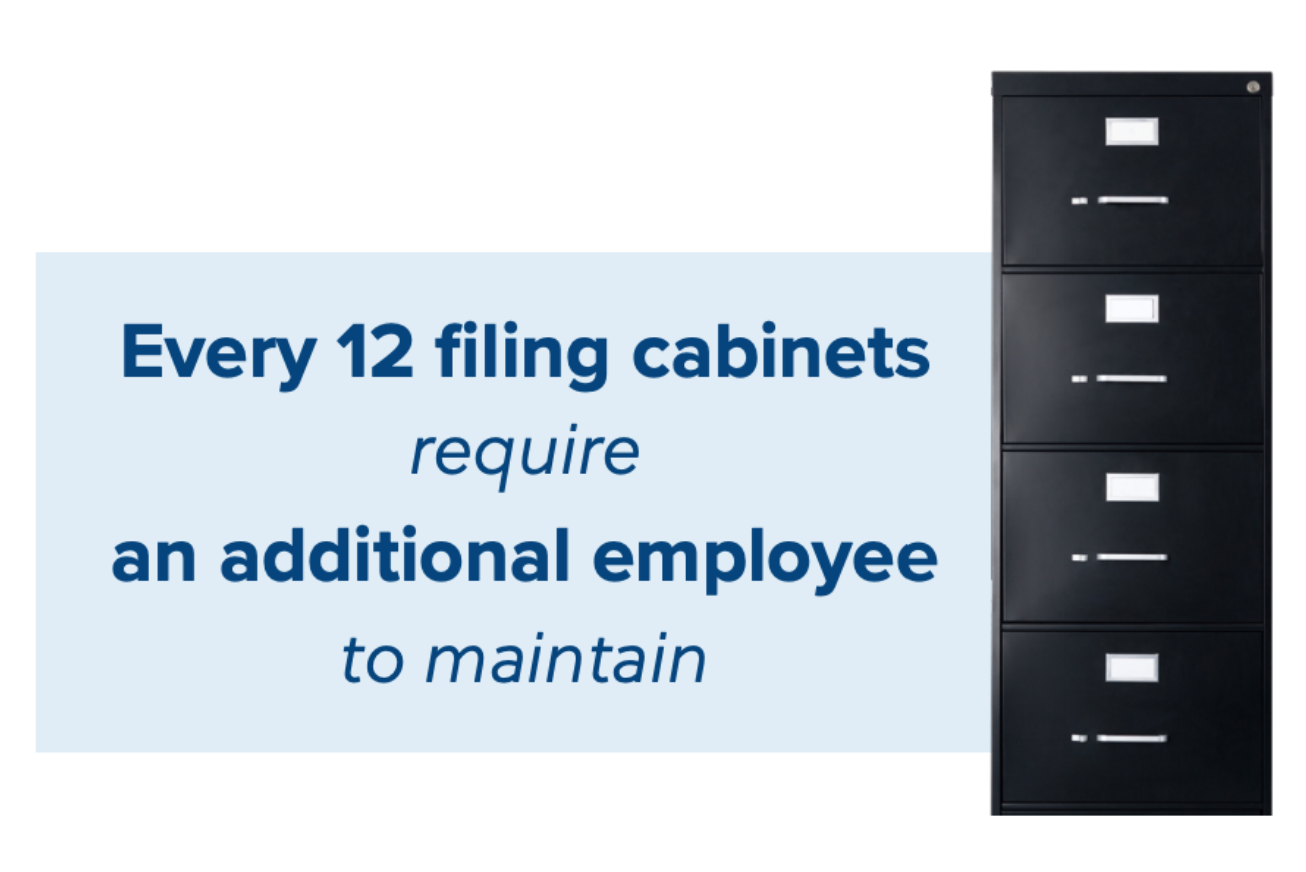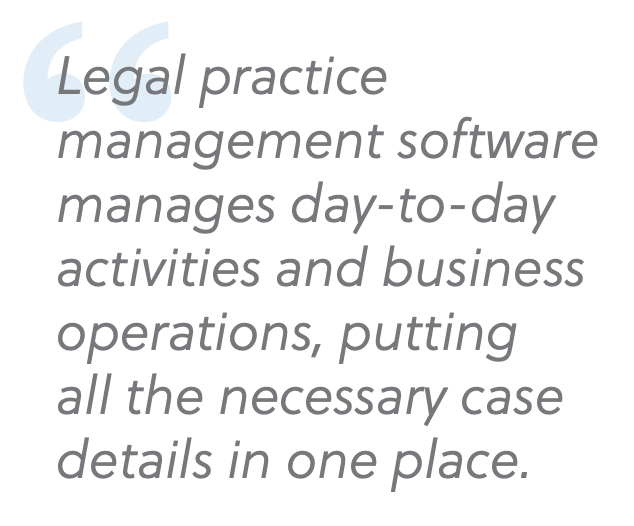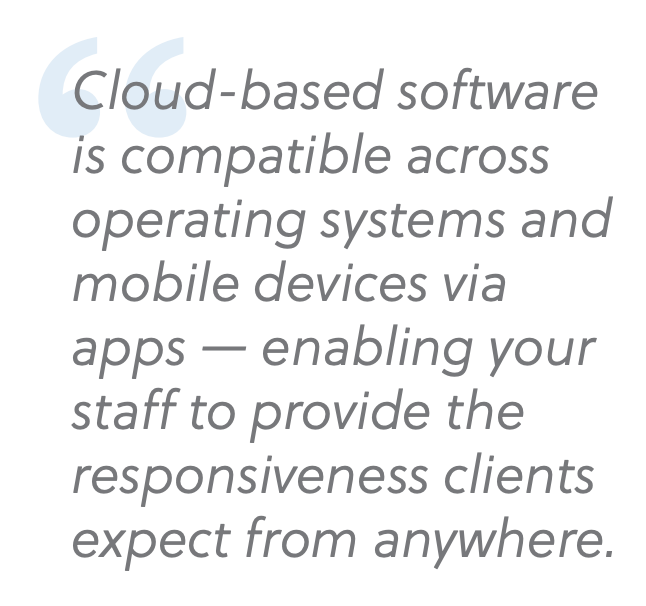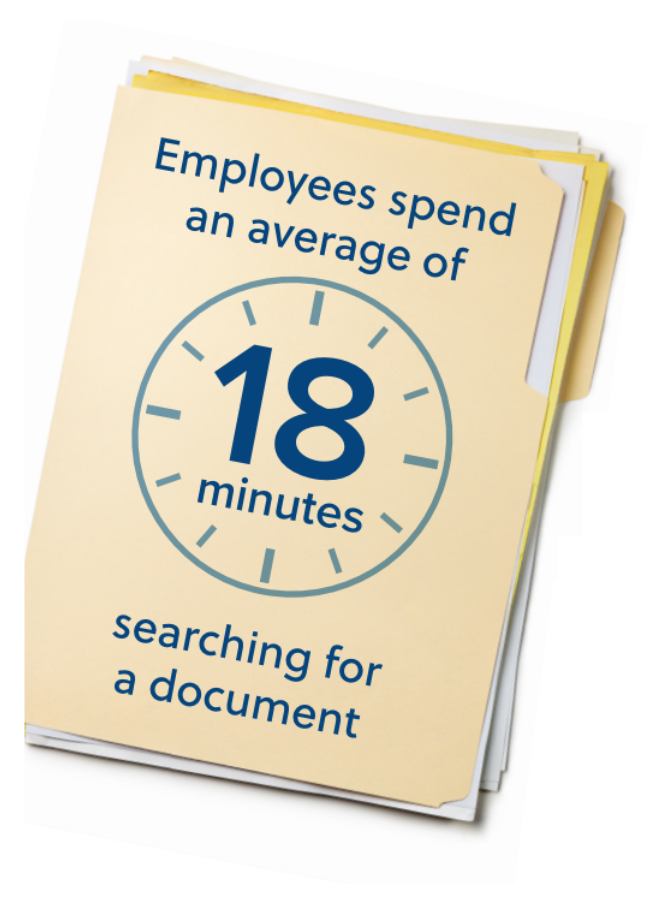In today’s digital landscape,
firms need to constantly evolve how they build and maintain their practice and connection with their clients. And, real-time document access and the ability to communicate via a scalable, cloud-based, legal technology is key. Your choice to invest in legal workflow software and adopt automated processes can greatly improve your firm’s operational efficiency, connectivity, and transparency.
Before your firm selects and implements any new legal practice management software, you should first understand what you want to achieve and how your new solution will support your essential processes — a lawyer’s daily routine. To do so, you should take stock of what workflow management issues you can address in order to improve productivity and enhance the client experience.
What is legal workflow automation software?
Building a better legal practice requires a 360-degree holistic approach to client and case lifecycle management. Designed to streamline and simplify managing your practice, legal workflow management software manages day-to-day activities and business operations, putting all the necessary case details in one place.
Common procedures, such as case consultations, scheduling, organizing contact lists and document management, will be faster and easier to coordinate with a distributed team — the benefit of enhanced remote connectivity. It will also reduce costs, improve operational efficiency and offer the transparency clients have come to demand.
Four manual processes legal workflow software can improve
By knowing which activities in your firm legal workflow software can optimize, you can improve overall management, responsiveness and accountability.
1. Antiquated calendar system
Automating your scheduling system keeps important events from falling through the cracks. A single, centralized calendar visible to everyone in the office provides your team immediate access to everyone’s appointments and activities. You can easily coordinate, update, report, and maintain an accurate court date log by client and firm, as well as keep an audit trail of all digital communication within your firm. You can even see who updated what and when. Plus, these calendars are rules-based, so they can be configured to enforce your firm’s preferred methods and adhere to strict Court-mandated deadlines. Filters can narrow down events by client or case, and best of all, it integrates with other applications to save time and share important updates
2. Piecemeal programs
Believe it or not, too much time is spent toggling between piecemeal programs. Using multiple programs from multiple vendors also increases your risks and costs. And, with client and case information living in different programs, it’s hard to know what is accurate and when it was last updated. A single, automated legal practice management software ensures the accuracy of client and case information, enables metrics reporting and reduces instances of human error. It’s also less time consuming (and thus, less costly) to onboard new employees (legal and non-legal) on a single program than on various programs.
3. Relying on paper
A global pandemic, natural disasters and increasing cybersecurity threats prove no business is immune to unexpected events that can slow — even stop — traditional operations. Employees spend an average of 18 minutes searching for a document — and every 12 filing cabinets require an additional employee to maintain. Going paperless makes every document just a search away. Client inquiries can be answered and documents sent in seconds. Legal workflow automation also takes the risk of human error out of the equation and eliminates the need to spend money on time, space and equipment to store documents, not to mention paper, toner, filing folders, etc.

4. Automatic billing
Many lawyers still cling to tracking time via paper, pen and spreadsheets. But, this method has long proven to be costly and inefficient. Practice management systems equipped with automatic payment processing technology makes tracking billable hours easy by providing a “bill” button everywhere you need it, alleviating the need for manual recording
Selecting the right legal workflow management software for your firm
The decision to implement new legal workflow management software should be a no-brainer. But, choosing the best law practice management software for your firm can be daunting. Like any decision, it’s important to identify specific features and determine how they factor into your firm’s long-term goals.
 1. Consider compatibility
1. Consider compatibility
First and foremost, you should consider how easy any software will integrate with your existing ways of doing things. Plus, determining a solution’s innate capabilities — and working with their experts to create any tailored functionalities — will make the most of your investment.
The best automated practice management software is compatible across operating systems and mobile devices via apps — enabling your staff to provide the responsiveness clients expect from anywhere. When your solution is accessible from the cloud, the platform is most often more customizable, scalable, and adaptable for both clients and professional service organizations.
To unpack the most value for your firm, make sure the system has workflow management capabilities that allow you to:
- Streamline tracking time and billable hours
- Automate operational workflows to simplify day-to-day tasks and activities
- Boost profitability by identifying bottlenecks and staffing issues
- Implement case specific legal workflows
- Create role-based dashboards
- Improve management of your account receivables
- Create a connected firm-to-client experience
- Enable a 360-view of client interactions across the organization
- Improve responsiveness to client requests
- Generate custom reports that measure return and productivity
2. Factor in costs
Automated legal practice management software is typically sold on a subscription-based model and paid monthly or annually. This generally results in more predictable and less expensive costs. And, since cloud-based software is hosted through a web browser, maintenance updates, security and troubleshooting are less cause for concern.
3. Focus on security and compliance
Lax digital security leaves firms and their clients particularly vulnerable to malware, ransomware, viruses and spyware — unbeknownst to them. Firms of every size are ethically obligated to protect the privacy and security of their clients, by any means necessary. To abide by these rules and offer clients the protection they deserve, cloud-based legal practice management software offers the level of data security mandatory for clients.
With cloud-based practice management software, you can store and access client records easily and more securely, and with a more robust backup system than any on-premise solution can offer on a local server. Information is encrypted, so only those with advanced permissions can access it.
4. Think about software migration
Migrating data isn’t just about uploading with a single click; it’s about determining the scope of conversion and smoothing over any hitch. The process of shifting from several piecemeal programs to one software system can be complex. The good news is that it’s a one-time process that, with expert guidance, can ultimately save countless billable hours and money.
Here are some steps to consider:
- Take stock of your data:
Create a full inventory of all assets and associated applications, including client contacts, matter files, employee records, filings, business documents, email folders, calendars, workflow elements, financial data, tasks and events. This is also a great time to archive or even purge long-outdated information. - Involve a migration expert:
AbacusNext can help you determine compatibility between your established programs and a new practice management system. We’ll also work closely with you to determine what steps you have to take and to ensure the data structure is ready for migration. - Begin the migration process:
Depending on your original platform, some data might have to be transformed manually before migration begins. Whenever and however possible, both systems will run at the same time to ensure a seamless transition between the two and ensure no billable hours are lost. - Evaluate a small migration test:
A migration expert might recommend running a list of reports to evaluate an initial migration in tandem with the data back-up for conversion. Immediately following the test, a process called user acceptance testing begins to identify any potential issues, tweaks and corrections that need to be made. - Train staff:
When switching to a new legal practice management software system, it’s important that everyone can quickly adapt to new, more efficient workflows with as little disruption to firm operations as possible.
Ready to transform your firm with legal workflow automation software? Learn more about strengthening your law firm’s efficiency and profitability with CARET’s solutions.
